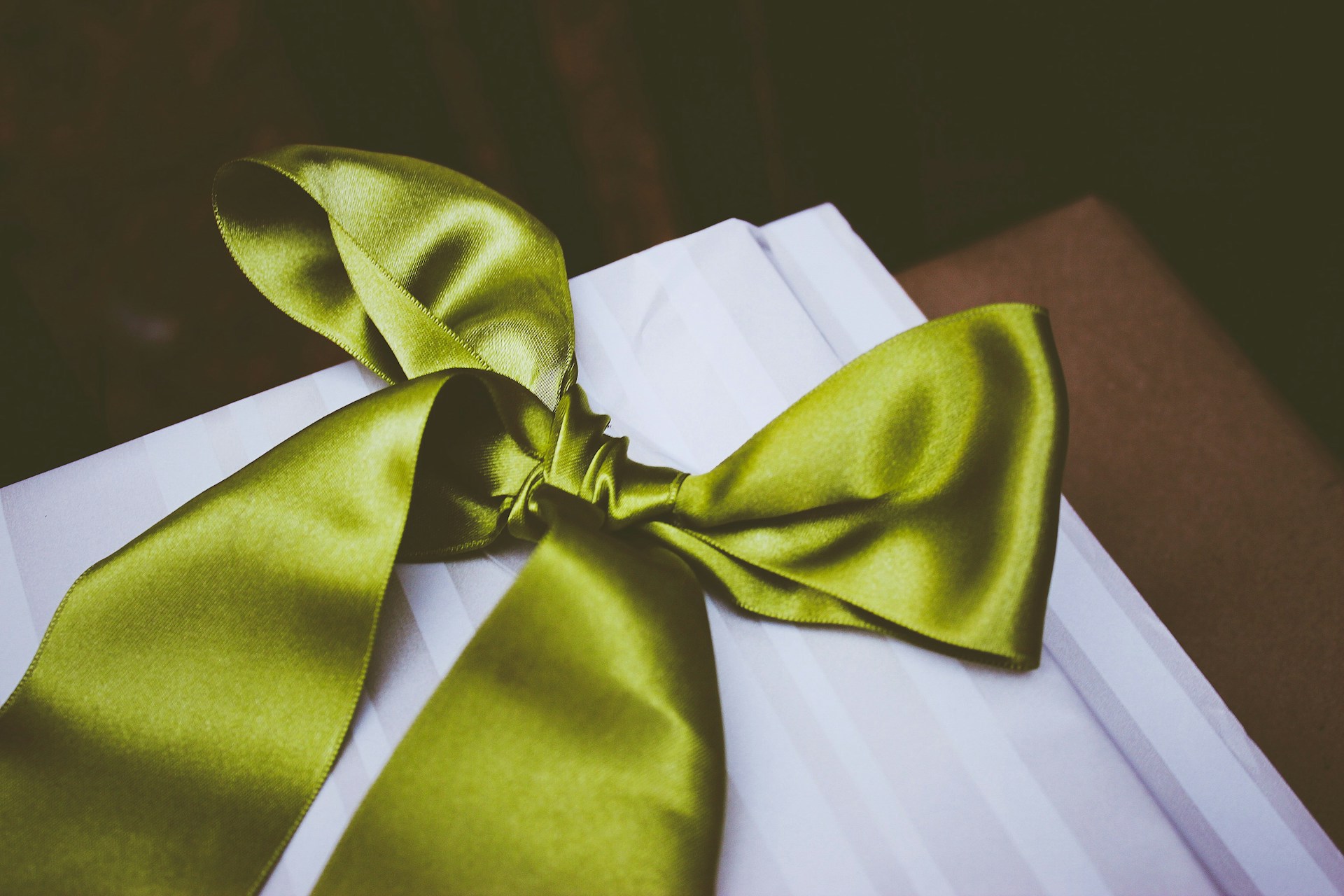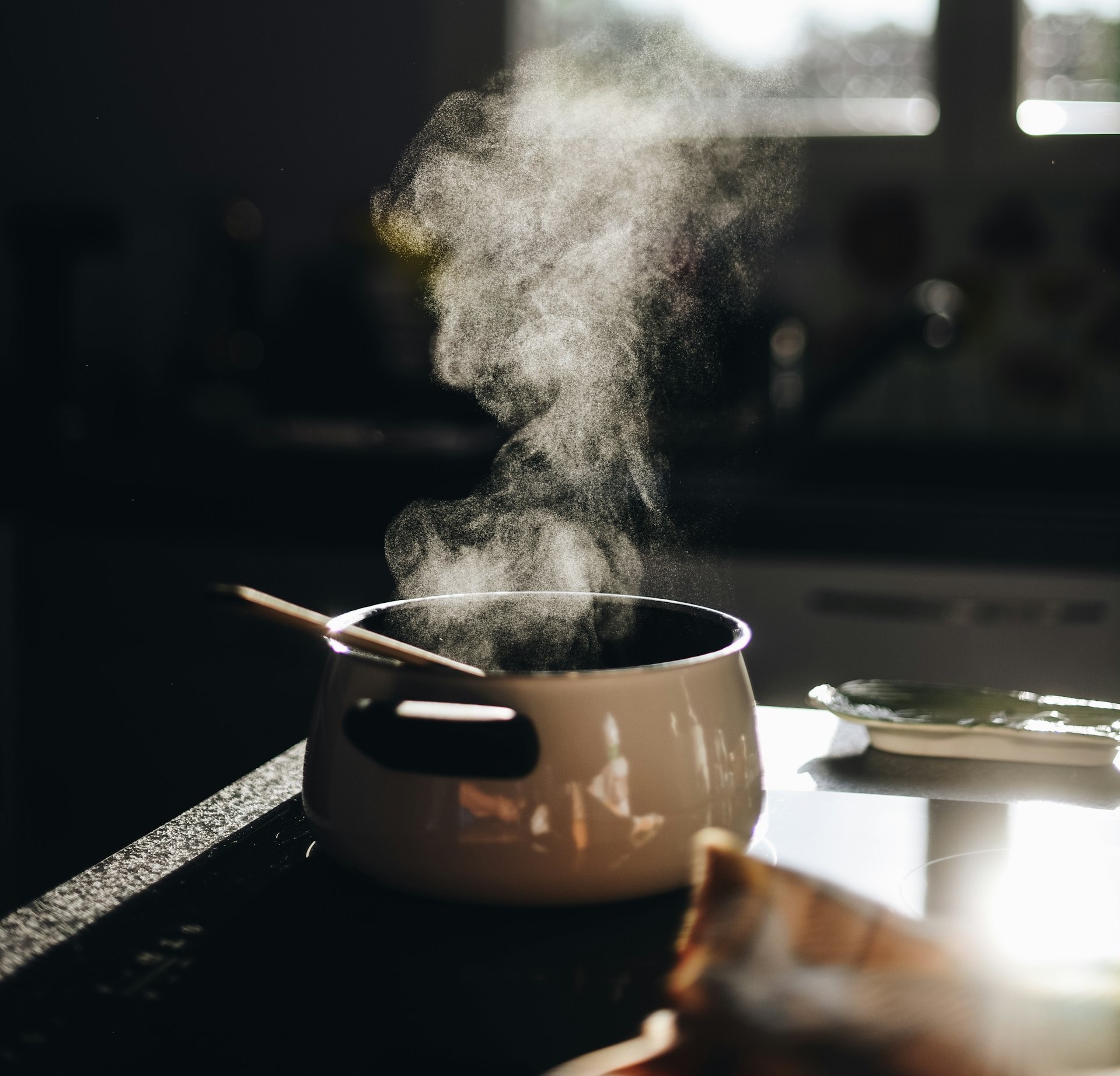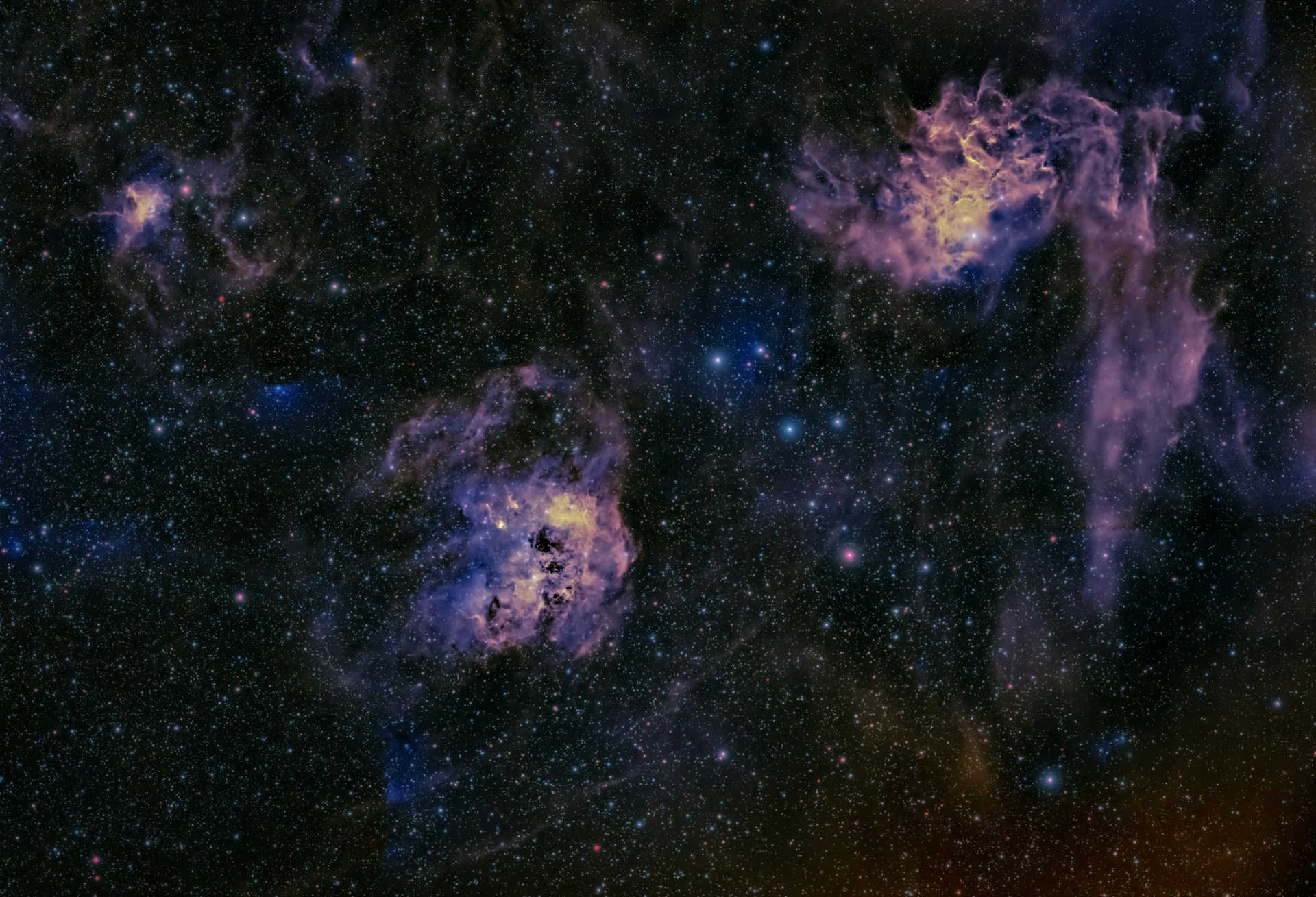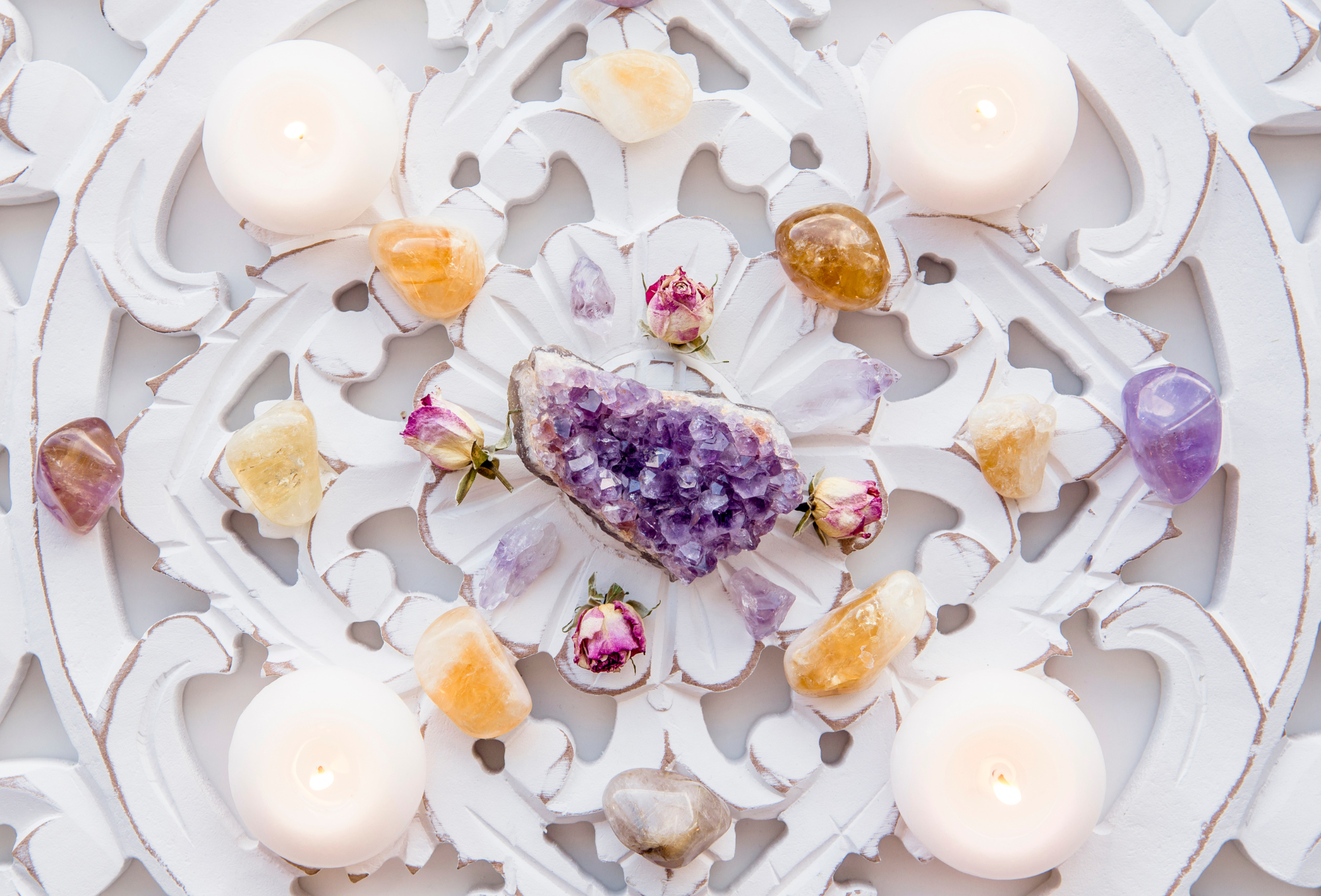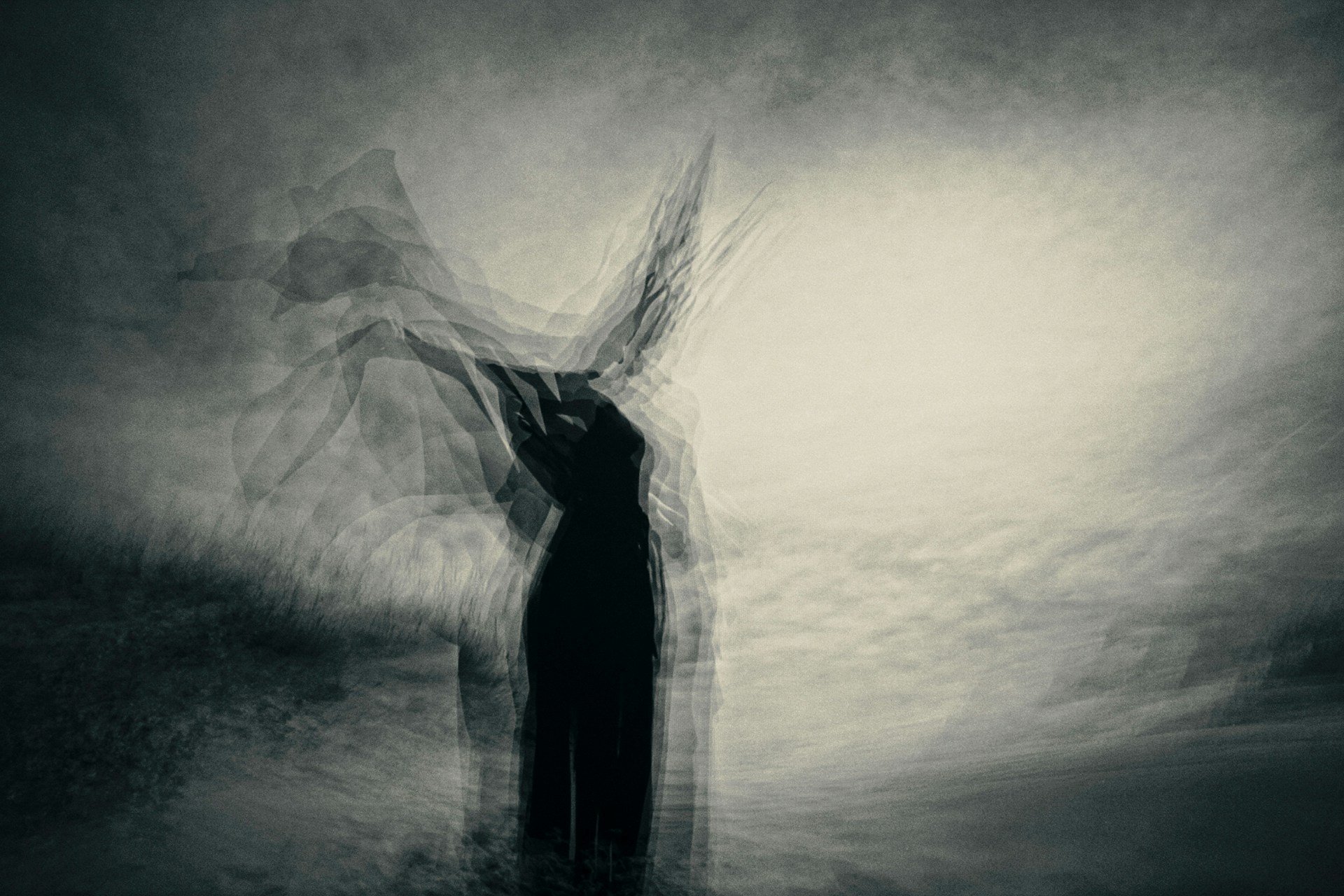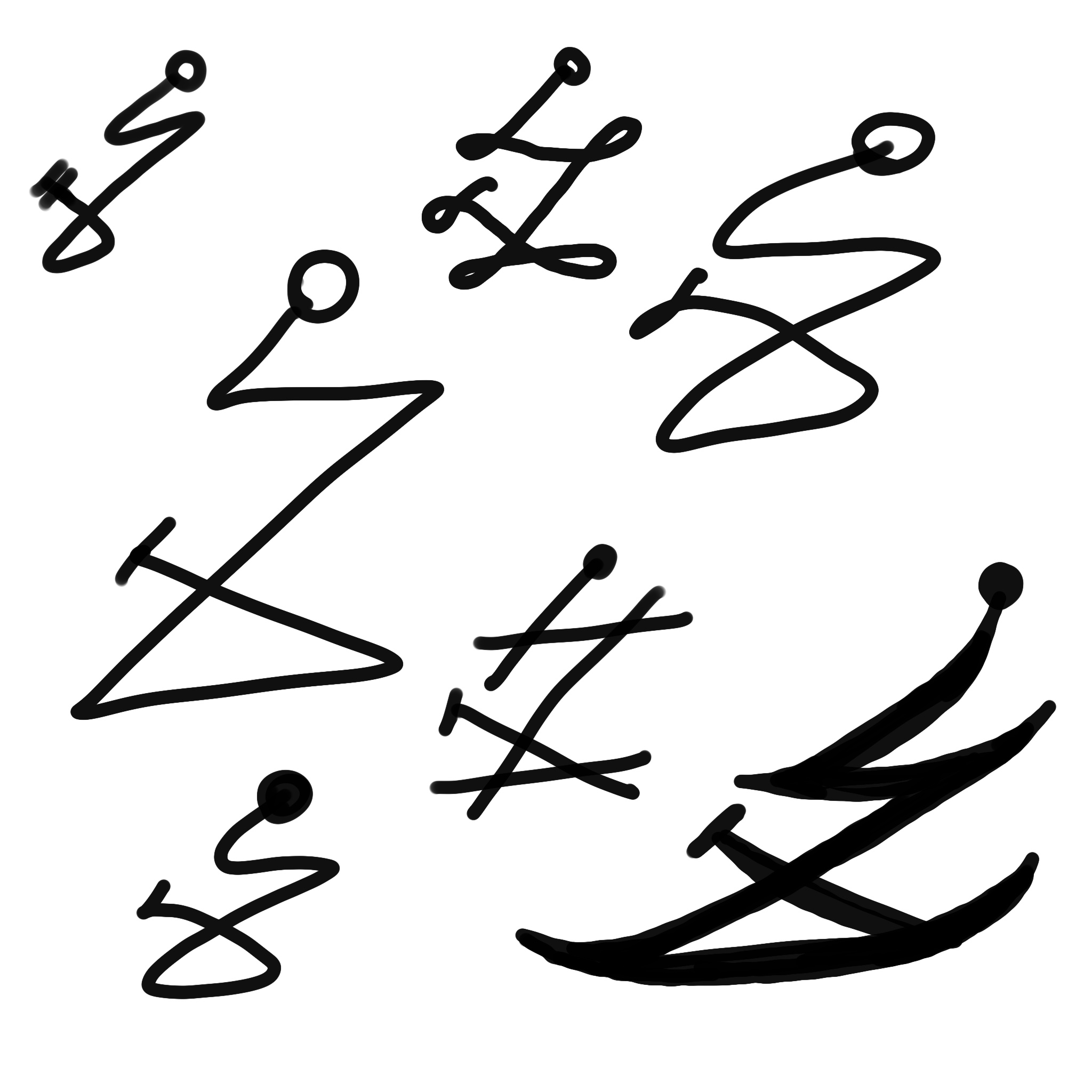Hollywood has long been enchanted by the mysterious allure of witches and witchcraft, often using these elements as focal points in blockbuster movies and binge-worthy TV series. However, the portrayal of witchcraft in popular media is frequently fraught with inaccuracies and stereotypes.
This article seeks to peel back the curtain on these portrayals, contrasting them with the realities of witchcraft to educate and enlighten those fascinated by these misunderstood practices.
The Classic Hollywood Witch Stereotype
Hollywood has painted witches with a broad brush, crafting a caricature that endures in popular culture but bears little resemblance to actual witchcraft practices.
Pointy Hats and Broomsticks
The iconic image of a witch—pointy hat, broomstick, and bubbling cauldron—is a staple of Hollywood films, especially around Halloween. Yet, this image stems from medieval and early modern folklore tied to pagan traditions, vastly oversimplified and commercialized in movies and TV. Real witchcraft, conversely, involves a diverse array of practices that focus on spirituality, nature, and the elements, with nary a broomstick in sight for flight.
The Wicked Witch Trope
The portrayal of witches as malevolent figures is another Hollywood favorite, depicting them as villains who curse heroes and wreak general havoc. This starkly contrasts with the ethical aspect of real witchcraft, which emphasizes harm to none and the ethical repercussions of one’s actions. By propagating this evil witch stereotype, Hollywood overlooks the rich, complex tapestry of benevolent and neutral witchcraft practiced worldwide.
The Misuse of Magickal Practices
Filmmakers often prioritize spectacle over substance, leading to a gross simplification of the intricate rituals and spells that define genuine witchcraft.
Spell Casting Simplified
In movies, spell casting is often depicted as nothing more than chanting a few rhyming lines with theatrical gestures. In reality, spells are complex and require significant understanding of magickal correspondences, precise ingredients, and often days of preparation. Spells in true witchcraft are intentional and deliberate acts meant to harmonize personal will with natural energies, a nuanced process rarely captured on screen.
Potion Brewing Errors
Potion brewing in films usually involves a dash of eye-catching, glowing ingredients thrown together without rhyme or reason. Authentic potion making in witchcraft is an art form that requires knowledge of herbalism, careful timing, and clear intent. Each ingredient is chosen for its specific properties and combined in precise ways to harness natural energies, far from the haphazard mixtures seen in films.
Cultural and Historical Inaccuracies
Hollywood’s depiction of witchcraft often borrows heavily from various cultures without respect for accuracy or context, leading to a tangled mess of myths and legends that can be misleading.
Witch Trials Misrepresented
Films like “The Crucible” dramatize the Salem witch trials with a focus on suspense and supernatural elements, often ignoring the historical reality that the hysteria involved socio-political conflicts and fearmongering. These portrayals can distort public understanding of a critical moment in history, simplifying complex events into mere tales of witchcraft and fantasy.
Appropriation of Diverse Traditions
Witchcraft as shown in Hollywood often appears as a monolithic practice, stripping away the rich diversity found in actual witchcraft traditions around the globe. From Wicca to Voodoo, real witchcraft includes a spectrum of beliefs and rituals that vary significantly across different cultures and regions. Hollywood’s homogenized portrayal not only erases these differences but also perpetuates a shallow understanding of a deeply global phenomenon.
The Role of Nature in Witchcraft
Nature plays a foundational role in genuine witchcraft, serving not just as a backdrop, but as a vital component of the practice itself. Hollywood, however, tends to overlook this integral connection.
Nature as a Backdrop
In many films, the natural world is merely a scenic setting for witchy happenings—enchanted forests or mystical mountains that serve the plot but lack depth. In real witchcraft, nature is not just a stage but a source of energy and inspiration. Practitioners of witchcraft engage deeply with their environment, using natural cycles and elements like moon phases, the changing seasons, and local flora and fauna to enhance and empower their magickal workings.
Seasonal and Lunar Cycles
Hollywood often ignores the significance of lunar and seasonal cycles that are crucial to the timing and effectiveness of spells. Real witches pay close attention to these cycles; spells and rituals are planned according to the phase of the moon and the season to align with specific energies. This synchronization with the natural world helps to harness the appropriate forces required for the magick to be most effective.
The Diverse Community of Witches
The community of witches is as varied as any other group of people, contrary to the homogenous portrayals often seen on screen.
Racial and Gender Stereotypes
Hollywood typically shows witches as white, middle-aged women, erasing the rich diversity of the witchcraft community across different cultures, races, and genders. Real witchcraft is practiced worldwide and includes a wide array of people from all walks of life, reflecting a multitude of traditions that vary greatly from the Eurocentric practices most commonly depicted in mainstream media.
Community and Solitude
While the “lone witch” is a popular trope in Hollywood, this portrayal neglects the communal nature of many witchcraft practices. Many witches are part of covens or loosely knit communities where they share knowledge, celebrate, and perform rituals together. This sense of community is essential for many practitioners, providing a support system and a shared space for learning and practicing magick, starkly contrasting the often depicted solitary practitioner.
Modern Witchcraft vs. Historical Fiction
The depiction of witchcraft in Hollywood often blurs the lines between modern practices and historical settings, leading to a mix of anachronisms and inaccuracies.
Technological Anachronisms
In an attempt to make witchcraft relatable to contemporary audiences, films and TV shows may include modern technology like cell phones or laptops in settings meant to be historical or mystical. This not only creates a confusing mix of eras but also detracts from the authenticity of the magickal practices being portrayed, which are deeply rooted in their own historical and cultural contexts.
Modern Witches in the Media
Modern witchcraft, which often incorporates elements of psychology, herbalism, and personal wellbeing, is rarely depicted in media. Instead, Hollywood favors dramatic historical fiction that focuses on persecution and supernatural battles, neglecting how witchcraft has evolved into a modern spiritual practice that emphasizes personal growth and connection to the natural world.
By understanding the true nature of witchcraft, which is rich with diversity, deeply connected to nature, and vibrantly alive in modern communities, audiences can better appreciate both the fictional tales and the real-life practices that inspire them.


